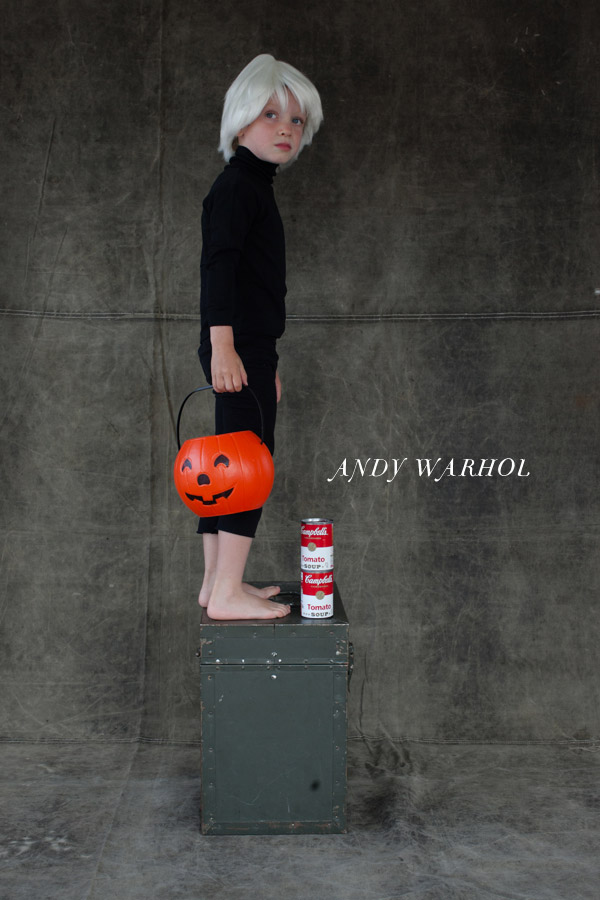Shades of Grey is one of my favorite contemporary novels. And no, I am not talking about the raunchy and wildly infamous 50 Shades of Grey by E.L. James, but the absurdly beautiful novel by Jasper Fforde. It is the tale of a society in which one’s class is determined by the pigment of natural color they can detect. The “Spectrum” of colors determines where one falls, and one’s family name and subsequent rank is of highest priority. In this world, uniquely painted like no other work I have read before, Fforde illustrates a daring tale that is riveting in both its characters, plot, and overall thematic elements. It is truly a work of literary art, and the risks Fforde has undertaken in writing a story such as this is should be empowering to novelists across genres.
Known for his bizarre series dealing with “Nursery Crime” and literary mystery, Jasper Fforde is one of the most unique writers I have read. Specifically in Shades of Grey, the tale follows the life of Edward Russet–a red–who is currently gathering “merits”–points of value for doing a variety of odd and “virtuous” things–so that he may marry “up-Spectrum” to bring value to his family’s name. While this situation may be akin to a variety of societal issues, such as the pressure to achieve goals for the sake of loved ones, Fforde frames the idea artistically. That is, in a means that is both aesthetically pleasing and unique to convey something in a light unseen by others. In this realm, many other glorious details reside–such as a commonplace and crippling fear of giant swans and ball lightning and the brilliant idea of “perpetulite” roadways that are self-repairing and move like water in a river. These details are original. That is artistic. That is sexy.
So many contemporary works seem to write to an audience, giving them exactly what they wish to hear. They add the desired amount of quirks to make it “unique” enough to receive copyright protection, but they rarely take the risks necessary to create a truly thought-provoking work. 50 Shades of Grey is stereotypical in its appeal to people’s crude sense of entertainment, and it is largely representative of most works created with an audience in mind. Fforde’s work embodies a spirit of adventure and ingenuity that many contemporary works of literature lack. It is a representation of wholesome strangeness–with barcoded megafauna, overly-valued spoons, and unicycle loopholes–that is rare to find in modern times. This nature should not be rare in the literary world, or in any form of artistic expression, but rather, it should be commonplace. While it is an oxymoron to have a commonplace uniqueness, those works that embrace an individuality are the rare diamonds in the slush-pile of similarly stereotypical pieces. Perhaps that rarity is what makes them sexy? The few streaks of color in an otherwise grey world. Become part of the Colortocracy.
















